Amazing Carnotaurus Facts for Kids 2024
Carnotaurus was a genus of large theropod dinosaurs that lived between 72 and 69 million years ago in the Late Cretaceous.
The name “Carnotaurus” means “meat-eating bull,” and it was given to this dinosaur because of its powerful and stocky build, as well as its distinctive bull-like horns above its eyes.
Carnotaurus is known for its unique physical features, including its short and deep skull, small arms with two-fingered hands, and long and slender tails.
It was also a relatively fast dinosaur, capable of running up to 35 mph, and its powerful jaw was adapted for crushing bones and tough vegetation.
Carnotaurus has considered one of the most unusual and interesting dinosaurs discovered so far, and it has become a popular subject in pop culture, including movies, video games, and other media.
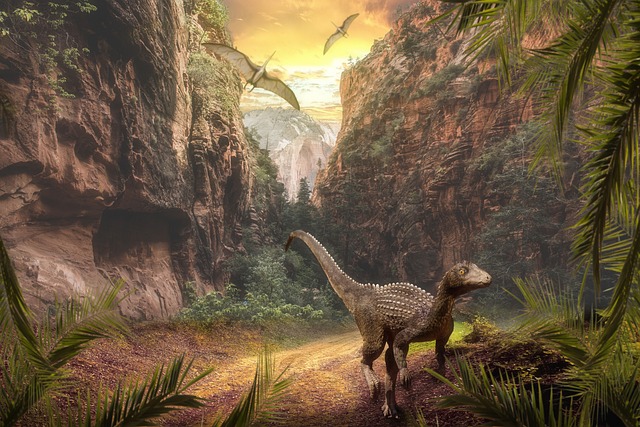
Basic Carnotaurus Facts
Name
The scientific name of Carnotaurus is “Carnotaurus sastrei”
Scientific Classification
The Carnotaurus’s scientific classification is as follows:
- Kingdom: Animalia
- Phylum: Chordata
- Class: Reptilia
- Order: Saurischia
- Suborder: Theropoda
- Family: Abelisauridae
- Genus: Carnotaurus
- Species: Carnotaurus sastrei
Latin Name
The Latin name for Carnotaurus is “Carnotaurus sastrei”.
The genus name “Carnotaurus” comes from the Latin words “carnis,” meaning “flesh,” and “Taurus,” meaning “bull,” while the species name “sastrei” honors the Argentine paleontologist Angel Sastre, who discovered the first fossils of this dinosaur in 1984.
Appearance (physical characteristics)
Carnotaurus had a distinctive appearance, with a short and robust skull that gave it a bull-like look.
It had small arms with two-fingered hands and a slender tail, likely aiding in its balance while running.
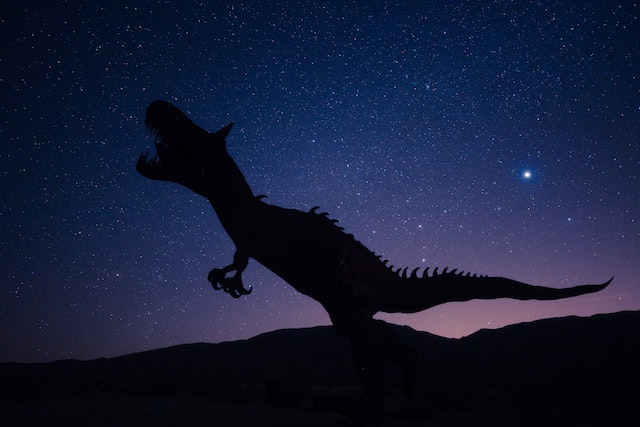
The large bony horns above its eyes were a unique feature, potentially used for display or intraspecific combat.
Carnotaurus was relatively small compared to other theropods, measuring up to 25 feet long and weighing up to 2 tons.
Its muscular body and powerful legs allowed it to run up to 35 mph. Its jaw was exceptionally strong, suited for crushing bones and tough vegetation.
In general, Carnotaurus was a formidable predator with unique morphological traits that distinguished it from other dinosaurs.
Size and Weight
Carnotaurus was a medium-sized theropod dinosaur, measuring about 25 feet long and standing up to 10 feet tall at the hips, with an estimated weight of up to 2 tons.
Despite being smaller than some of its contemporaries, Carnotaurus was a formidable predator, thanks to its strong jaw, muscular body, and long legs that enabled it to run at impressive speeds.
Its unique physical characteristics, including its short, robust skull and heavily built body, set it apart from other dinosaurs of its time. Although its existence was relatively brief in the grand scheme of Earth’s history, Carnotaurus has become a popular subject for scientific research and a source of fascination for dinosaur enthusiasts worldwide.
Habitat and Range
The large theropod dinosaur Carnotaurus lived between 72 and 69 million years ago during the Late Cretaceous epoch.
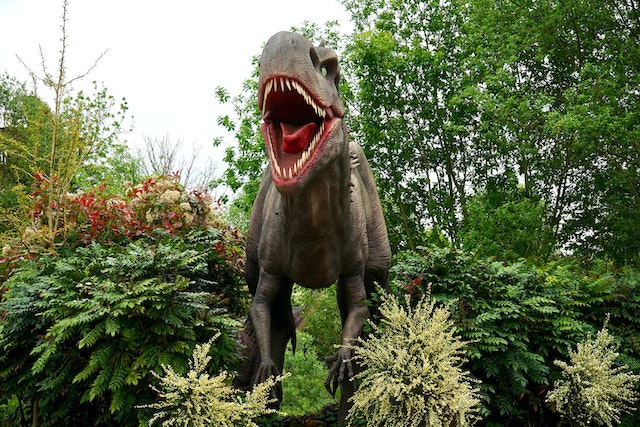
Its habitat and range were mostly limited to what is now known as South America, specifically Argentina, where its fossils have been discovered.
The environment during Carnotaurus’ time in South America was characterized by lush forests and a warm, humid climate. Carnotaurus likely lived in the forested regions, hunting for prey in the underbrush.
Its range was likely limited to the southern regions of South America, as it has not been found anywhere else in the world.
Diet
Carnotaurus was a carnivorous dinosaur that fed on other animals, including smaller dinosaurs and possibly herbivores.
Its strong jaws and teeth made it an effective predator and its short arms suggest it relied heavily on its jaws and neck muscles to subdue prey. The structure of its skull and teeth suggest it may have also been adapted to take down larger prey, possibly even sauropods, and it was likely an apex predator.
Life Expectancy
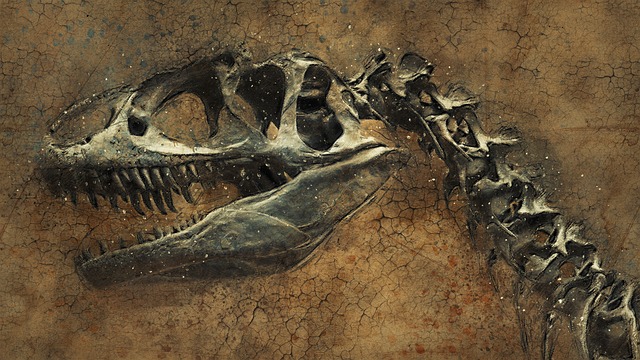
It is impossible to determine the exact life expectancy of Carnotaurus as the species is extinct and there is no way to observe their lifespan. However, based on studies of other theropod dinosaurs, it is estimated that Carnotaurus had a lifespan of around 20-30 years, with some individuals potentially living up to 40 years. The lifespan of a dinosaur was influenced by various factors such as predation, competition for resources, and environmental conditions.
Fun facts about Carnotaurus
1. Powerful Neck Muscles:
Carnotaurus had powerful neck muscles that allowed it to quickly turn its head and catch prey. This feature is unique among theropod dinosaurs and made Carnotaurus a formidable predator.
2. Speedy Predator:
Carnotaurus was one of the fastest theropod dinosaurs, capable of running at speeds of up to 35 mph.
This impressive speed made it an effective predator and allowed it to catch fast-moving prey.
3. Horn-Like Structures:
The bony crests above Carnotaurus’ eyes were horn-like structures that may have been used for display purposes or to intimidate rivals. This feature is unique among theropod dinosaurs and gives Carnotaurus a distinctive appearance.
4. Small Brain:
Despite its impressive predatory abilities, Carnotaurus had a relatively small brain compared to its body size. This is surprising, given its complex behaviors and advanced hunting strategies.
5. Unique Arms:
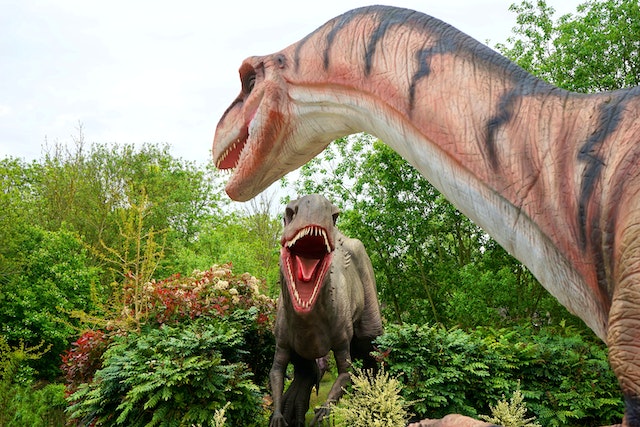
Carnotaurus had short, powerful arms that are still the subject of much debate among paleontologists.
Some scientists believe they were used to help the dinosaur get up after lying down, while others suggest they may have played a role in hunting or mating.
6. Habitat and Range:
The fossils of Carnotaurus have only been found in Argentina, specifically in the southern Patagonian region. This suggests that Carnotaurus had a limited range and was adapted to the specific environmental conditions of this region.
7. A Brief Life: The Short Lifespan of Carnotaurus
Most Carnotaurus lived up to 30 years, which is a rather short lifespan. However, some individuals may have lived up to 40 years.
8. The Naming of Carnotaurus: An Argentine Discovery
Its name was coined by Argentinian paleontologist Jose Bonaparte in 1985, making it one of the more recently discovered dinosaurs.
9. Carnotaurus’ Significance in Dinosaur Evolution: A Unique Predator
The discovery of the Carnotaurus provided important insights into the evolution of theropod dinosaurs, particularly concerning their skeletal structure and hunting strategies.
10. Distinctive Skeleton: The Specialized Features of Carnotaurus
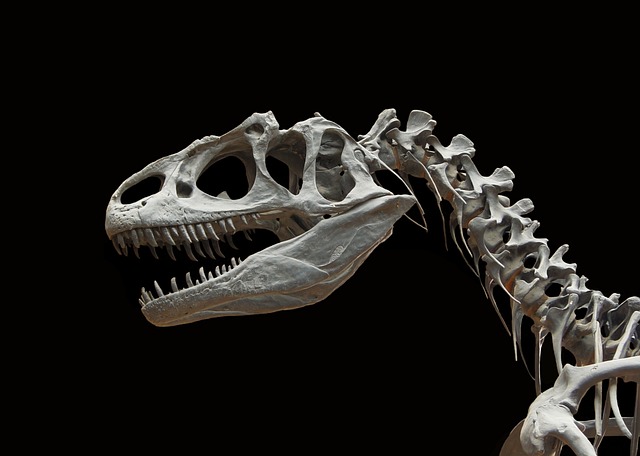
Carnotaurus was distinguished from other theropod dinosaurs by its distinctive bone design. Its bull-like skull, short arms, and powerful neck muscles made it a highly specialized predator.
11. Cannibal Carnotaurus: Did These Predators Feast on Their Kind?
Some researchers think that the cannibalistic Carnotaurus preyed on other individuals of its kind. This behavior is common among many predatory animals and may have been a way for Carnotaurus to assert dominance over its rivals.
12. Carnotaurus: A Lesser-Known But Fascinating Dinosaur
Although Carnotaurus is not as well-known as other theropod dinosaurs such as T. rex, it remains a fascinating and important part of the dinosaur fossil record. Its distinctive features and impressive speed continue to captivate the imaginations of paleontologists and dinosaur enthusiasts around the world.
Conclusion
In conclusion, the Late Cretaceous dinosaur Carnotaurus was an intriguing and distinctive species.
Its distinctive physical features, including its bull-like horns and short, deep skull, make it one of the most recognizable and interesting dinosaurs discovered so far.
Although it had small arms and two-fingered hands, it was still a powerful and fast predator capable of running up to 35 mph.
Carnotaurus has become a popular subject in pop culture, which has helped to raise awareness about this remarkable dinosaur and its place in Earth’s history.
Despite being extinct for millions of years, Carnotaurus continues to capture the imagination of people around the world and remains a favorite among dinosaur enthusiasts.
